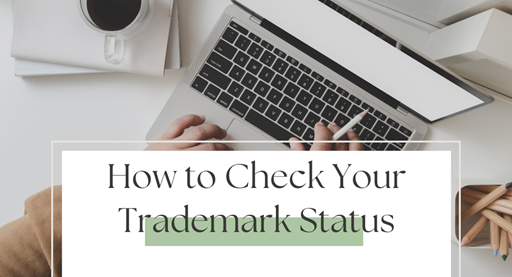What Happens When a Trademark is Cancelled or Expired?
Trademarks are essential assets for businesses, serving as identifiers of their products or services. However, not all trademarks remain active indefinitely. Some are cancelled or expire due to various reasons. Understanding the lifecycle of a trademark can help businesses protect their brand identity effectively.

Why Do Trademarks Get Cancelled or Expired?
Non-Renewal: Trademarks require renewal every 10 years in the United States. If the owner fails to renew the trademark, it will expire.
Abandonment: If a trademark is not used in commerce for an extended period, it may be considered abandoned and subsequently cancelled.
Legal Disputes: A trademark can be cancelled if it is challenged in court or through the USPTO’s Trademark Trial and Appeal Board (TTAB).
Improper Use: Misuse of a trademark, such as failing to maintain proper licensing or allowing it to become generic, can lead to cancellation.

How to Search for Cancelled or Expired Trademarks
The USPTO provides tools like the TESS and TSDR systems to search for trademark statuses. By entering the trademark name or registration number, users can determine whether a trademark is active, cancelled, or expired. This information is particularly useful for businesses looking to acquire or revive an old trademark.
What Can You Do with a Cancelled or Expired Trademark?
Re-register: If a trademark has expired due to non-renewal, it may be possible to re-register it, provided no one else has claimed it.
Acquire Rights: Cancelled trademarks can sometimes be acquired by new owners, offering an opportunity to leverage an established brand.
Conduct Research: Studying cancelled trademarks can provide insights into market trends and potential branding opportunities.
Trademarks are valuable, but their protection requires ongoing attention. By understanding why trademarks are cancelled or expire, businesses can take proactive steps to safeguard their brand. Tools like TESS and TSDR make it easy to research trademark statuses, ensuring informed decision-making in brand management.
